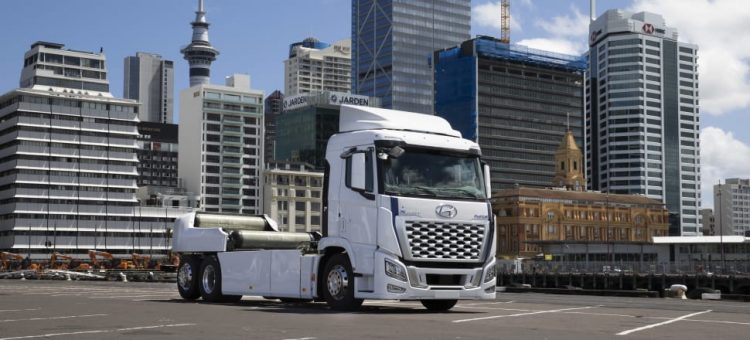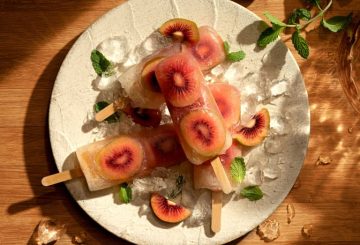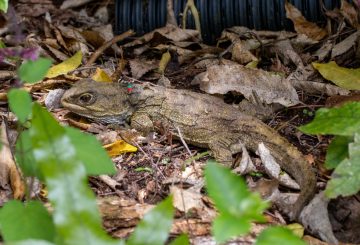New Zealand Post và Fonterra đang bổ sung các xe tải nhiên liệu thay thế mới cho đội bay của họ để giúp đáp ứng các mục tiêu phát thải carbon.
Xe tải NZ Post được cung cấp bởi một pin nhiên liệu hydro và xe tải Fonterra chạy bằng pin.
Giám đốc điều hành của NZ Post, David Walsh, nói rằng xe tải pin nhiên liệu hydro là một phần thiết yếu trong mục tiêu của công ty là trung tính carbon vào năm 2030. Chiếc xe tải, một chiếc Hyundai Xcient, được sản xuất tại Hàn Quốc. Nó có thể di chuyển 400 km trên một lượng hydro duy nhất và dự kiến sẽ thay thế 170 tấn khí thải cacbon mỗi năm.
Xe tải Fonterra là tàu chở sữa điện đầu tiên gia nhập đội tàu của công ty. Nó có thể di chuyển 140 km chỉ với một lần sạc và có thể đổi pin trong vòng chưa đầy hai phút. Giám đốc hoạt động của Fonterra Fraser Whieray cho biết tàu chở sữa là một phần của động thái của công ty hướng tới năng lượng xanh hơn.
“Chúng tôi nghĩ rằng việc chuyển sang sử dụng điện là rất quan trọng vì nó chắc chắn giúp khử carbon, nhưng nó cũng giúp giảm chi phí vì lái xe điện chắc chắn rẻ hơn nhiều,” Whieray nói.
Chiếc xe tải điện dự kiến sẽ sẵn sàng phục vụ vào tháng tới và sẽ hoạt động trong khu vực Waitoa ở Waikato.






























































